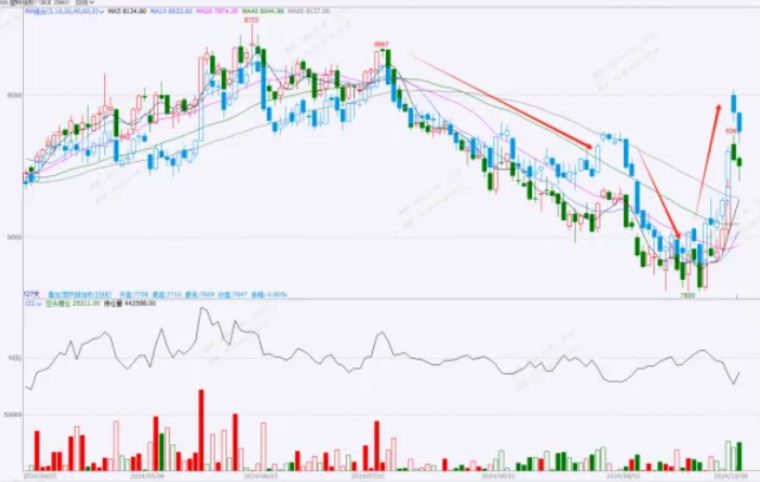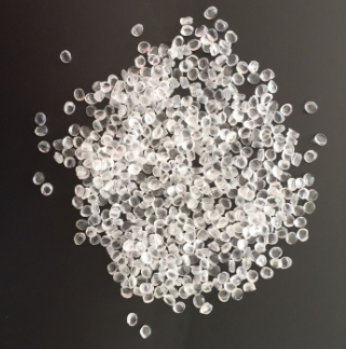October 23, 2024 – Polyolefin Market Forecast: Weak Trends with Potential Arbitrage Opportunities in Q4
As we enter the fourth quarter of 2024, the polyolefin market is anticipated to continue its weak trend, with price movements expected to be strong initially but weaken subsequently. Both supply and demand are projected to grow; however, the risks of weakening supply and demand dynamics intensify after October. Notably, arbitrage opportunities may arise from narrowing the L-PP price difference, primarily due to the more significant supply pressure on polyethylene (PE).

Looking back at the third quarter, polyolefin prices fluctuated, initially declining sharply in July, breaking the upward trend seen earlier in the year, and market sentiment was low. Fundamental weaknesses, coupled with unexpected plant shutdowns, led to increased PP and PE production rates but unchanged demand during the off-season, resulting in upstream inventory accumulation and price softness. Additionally, the substantial drop in crude oil prices provided room for polyolefin prices to fall further, compounded by weakening macroeconomic expectations and a sharp decline in the industrial index, causing PP and PE prices to follow suit. In late August, crude oil prices rebounded, PP and PE standard products tightened, delivery logic drove the market, and with the approach of the “golden September and silver October,” downstream demand improved, stabilizing and rebounding prices momentarily before they fell again. At the end of September, the central bank’s press conference signaled favorable policies, repairing market sentiment and, combined with pre-holiday downstream restocking demand, prices stabilized and rose.

According to Color Masterbatch Industry News, the pressure from polyolefin production is gradually increasing in Q4. Data from Longzhong Information shows that in 2024, the planned production capacity for PE and PP is 3.95 million tons and 10.605 million tons, respectively. By the end of Q3, actual production stood at 0.3 million tons for PE and 2.45 million tons for PP. Currently, PE capacity is 32.71 million tons, and PP capacity is 41.81 million tons. In Q4, 3.65 million tons of PE plants are scheduled for commissioning, accounting for 11.16% of domestic capacity, indicating significant production pressure. Although there are many PP production facilities, some are delayed from earlier plans, and the actual production situation remains to be seen. Meanwhile, the amount of maintenance has declined compared to the previous quarter, aligning with seasonal patterns, and subsequent maintenance may decrease, with production rates expected to climb gradually.
In terms of output, from January to September 2024, domestic PE and PP production reached 20.7338 million tons and 25.4748 million tons, respectively, up 0.19% and 8.18% year-on-year. Domestic production is projected to continue increasing in Q4 due to new capacity, reduced maintenance plans, and improved profits from lower crude oil prices. Additionally, with import profits recovering, import volumes are expected to increase, further intensifying supply pressure.
On the demand side, it remains generally weak but shows periodic improvements. Downstream industries gradually entered the peak season in Q3, but the peak levels were not high. With the arrival of the greenhouse film peak season, downstream orders recovered well, and packaging film demand also rebounded steadily. However, downstream production rates in Q4 may show a high-to-low trend, with demand expected to peak and then decline after the “golden September and silver October.” Nonetheless, policy incentives have stabilized home appliance demand, and policy measures and e-commerce festivals are expected to stimulate consumption.
Upstream inventory pressure is significant, with a need for active destocking. PP and PE manufacturers’ inventories follow a clear seasonal pattern and are currently high. Seasonally, upstream inventories will decline in Q4, with upstream enterprises expected to focus on destocking after the holiday.
Regarding profits, weakening international oil prices have allowed polyolefin profits to expand. As of September 30, PE and PP oil-based profits were 1055 yuan/ton and 405 yuan/ton, respectively. In Q4, with an increase in crude oil supply, the Brent crude oil price range is expected to drop to 75-80 USD/barrel, potentially further expanding oil-based profits. However, pressure on PDH plant profits may affect PP production rates.
Looking ahead, the polyolefin market is likely to remain weak in Q4 2024, with a predominant pattern of initial strength followed by weakness. Supply-side pressure is significant, and demand is unlikely to recover to previous levels, maintaining a weak market tone. In terms of arbitrage, opportunities to














